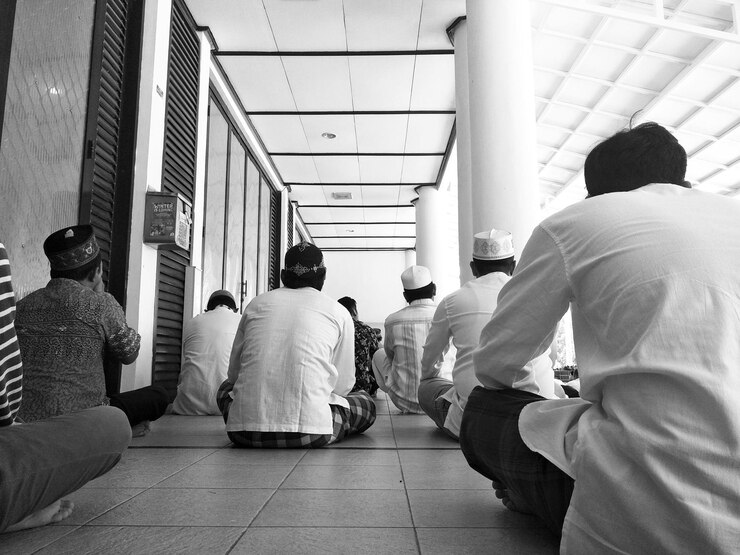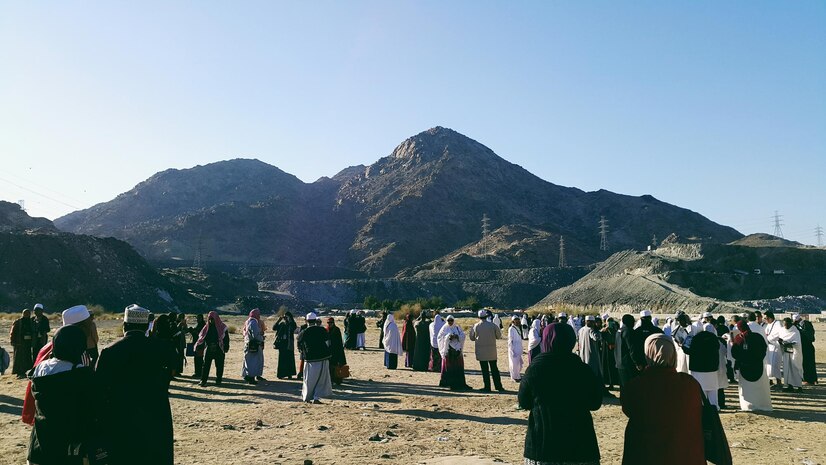Umrah, one of the most sacred journeys a Muslim can undertake, holds immense religious significance. Not at all like Hajj, which is mandatory for Muslims who meet specific circumstances, Umrah is a willful journey that can be performed whenever of the year. In Saudi Arabia, Umrah has evolved over centuries, transforming from a humble religious practice to a global event that attracts millions of pilgrims each year. This evolution reflects not only the religious importance of the pilgrimage but also the profound changes in Saudi Arabia’s infrastructure, technology, and cultural engagement.
Historical Significance of Umrah
The foundations of Umrah follow back to the hour of the Prophet Muhammad (PBUH). It is believed that the Prophet performed Umrah several times during his lifetime, solidifying its importance as a key part of Islamic tradition. While Hajj, the annual pilgrimage, is obligatory for Muslims, Umrah is considered a Sunnah (a highly recommended practice). The pilgrimage involves a series of rituals, including Tawaf (the act of walking around the Kaaba), Sa’i (walking between the hills of Safa and Marwah), and a visit to the Prophet’s Mosque in Medina, among others.
In the early days of Islam, Umrah was performed in a relatively simple manner. Pilgrims traveled by camel or on foot from distant regions to reach Mecca and Medina. The journey could take months, and pilgrims often faced harsh conditions. Despite the challenges, the pilgrimage was an essential part of Muslim life and a way to seek closeness to Allah.
The Role of Saudi Arabia in Shaping Umrah
With the founding of the Kingdom of Saudi Arabia in 1932. The country took on a significant role in managing the two holiest sites in Islam. The Masjid al-Haram in Mecca and the Prophet’s Mosque in Medina. King Abdulaziz Al Saud, the first monarch of Saudi Arabia. Understood the profound spiritual and economic importance of these sites and began efforts to improve the pilgrimage experience.
In the 1950s, the Saudi government began investing heavily in the infrastructure around Mecca and Medina. This included the construction of modern roads, expansion of the mosques, and the establishment of facilities for pilgrims. The improvements were designed to accommodate an increasing number of people and to enhance the safety and comfort of pilgrims.
The Expansion of Masjid al-Haram
Perhaps of the main achievement in the development of Umrah was the extension of the Masjid al-Haram. As the number of pilgrims grew, the mosque’s capacity became insufficient to accommodate them all. The first major expansion took place during the reign of King Fahd in the 1980s, when the mosque’s area was increased, and new structures were built to facilitate worship.
Subsequent expansions under King Abdullah and King Salman further enlarged the mosque, incorporating advanced technologies to improve accessibility and comfort for pilgrims. The installation of air conditioning, the construction of new pathways. And the addition of ramps and elevators have made it easier for elderly and disabled pilgrims to perform their rites.
Technological Advancements in Umrah
As the world entered the digital age, Saudi Arabia adapted to new technologies to enhance the Umrah experience. One of the most notable innovations was the introduction of online booking systems for visas and accommodations. In the past, pilgrims had to rely on travel agents or local authorities to obtain visas. But now, many can apply for Umrah visas online, making the process quicker and more transparent.
Mobile applications have also played a pivotal role in modernizing the Umrah experience. The Ministry of Hajj and Umrah launched an official app that provides real-time information about the pilgrimage. Helping pilgrims with everything from transportation schedules to health guidelines. The app has become a key tool for ensuring that pilgrims are well-informed and can navigate the vast city of Mecca with ease.
Health and Safety Measures for Pilgrims

With the increasing number of pilgrims, Saudi Arabia has focused on enhancing health and safety measures to protect Umrah performers. The COVID-19 pandemic highlighted the importance of such measures, as Saudi Arabia took swift action to protect both the pilgrims and the local population.
In response to the pandemic, the government introduced strict health protocols, such as social distancing, mask mandates, and the use of digital health passports. The introduction of contactless temperature checks and mobile health applications also became a norm during the pandemic. As the world recovers, these measures are likely to remain in place, ensuring the safety and well-being of pilgrims.
The Role of Women in Umrah
The role of women in Umrah has undergone significant changes in recent years. Historically, women had to travel with a Mahram (a male relative) to perform Umrah, but in recent years, Saudi Arabia has relaxed some of these restrictions. Women are now allowed to perform Umrah without a Mahram, which is seen as a step towards greater gender equality in the Kingdom.
The government has also made efforts to make the pilgrimage more accessible to women. For instance, dedicated areas have been created for women in the Masjid al-Haram. And special services like women-only transportation and guides have been introduced to ensure their comfort and safety.
Economic Impact of Umrah
The economic impact of Umrah on Saudi Arabia is substantial. The pilgrimage contributes significantly to the Kingdom’s economy, providing a major source of income through tourism, hospitality, and transportation sectors. The demand for hotels, restaurants, and shops around the holy sites has created thousands of jobs and boosted the local economy.
In addition, Saudi Arabia has capitalized on Umrah to boost its tourism industry, with the government investing in luxury hotels, transport systems, and entertainment facilities. The increase in global interest in Umrah has been part of the Kingdom’s broader strategy to diversify. Its economy and reduce dependence on oil revenues, as outlined in Vision 2030.
Future Prospects: Vision 2030 and Umrah
Looking towards the future, Saudi Arabia’s Vision 2030 plan is set to reshape the pilgrimage experience even further. One of the primary goals of Vision 2030 is to increase the number of pilgrims visiting Mecca and Medina. By 2030, the Kingdom aims to welcome 30 million Umrah pilgrims annually, up from around 10 million today.
To achieve this, Saudi Arabia is investing in the development of new infrastructure, including the expansion of airports. The construction of new hotels, and the creation of modern transport networks. Digitalization will also continue to play a key role in facilitating the pilgrimage experience. With an increased emphasis on artificial intelligence, virtual reality, and smart technologies.
Conclusion
The evolution of Umrah in Saudi Arabia is a story of transformation, innovation, and dedication to enhancing the pilgrimage experience for Muslims worldwide. From its humble beginnings to the modern, tech-driven pilgrimage it is today. Umrah has come a long way, and Saudi Arabia continues to improve the experience for millions of pilgrims each year. As the Kingdom prepares for the challenges and opportunities of Vision 2030. It is clear that Umrah will remain a central part of Saudi Arabia’s religious, cultural, and economic landscape for years to come.

Excellent
This is good for myself